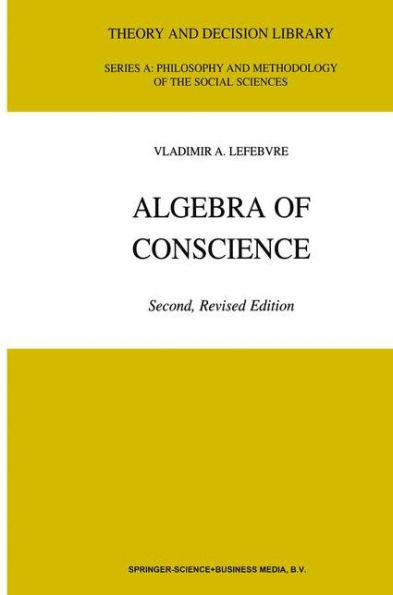5
1
9789048157518



Algebra of Conscience / Edition 2 available in Hardcover, Paperback

Algebra of Conscience / Edition 2
- ISBN-10:
- 904815751X
- ISBN-13:
- 9789048157518
- Pub. Date:
- 12/10/2010
- Publisher:
- Springer Netherlands
- ISBN-10:
- 904815751X
- ISBN-13:
- 9789048157518
- Pub. Date:
- 12/10/2010
- Publisher:
- Springer Netherlands

Algebra of Conscience / Edition 2
$249.99
249.99
In Stock

Product Details
| ISBN-13: | 9789048157518 |
|---|---|
| Publisher: | Springer Netherlands |
| Publication date: | 12/10/2010 |
| Series: | Theory and Decision Library A: , #30 |
| Edition description: | Softcover reprint of hardcover 2nd ed. 2001 |
| Pages: | 358 |
| Product dimensions: | 6.10(w) x 9.25(h) x 0.03(d) |
From the B&N Reads Blog
